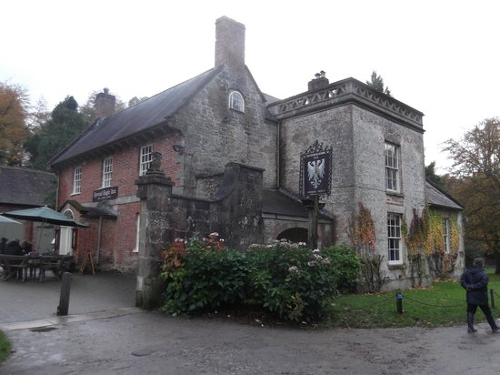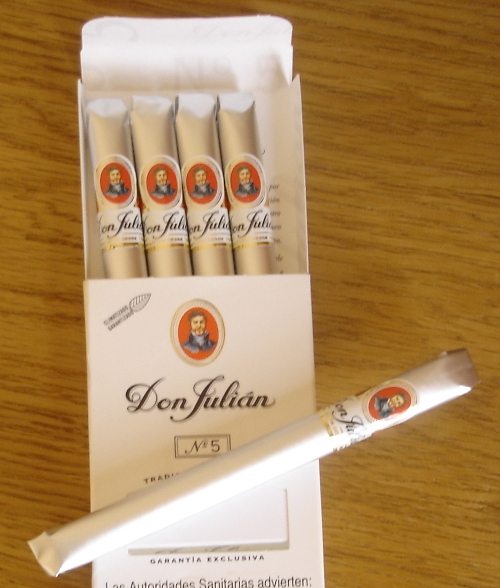The Ultimate Panama
I spotted my first Panama hat of the season the other day. The unseasonably hot weather certainly justified it. How much longer will we be able to see the genuine article? I read that the art of weaving Panama hats in Ecuador is in danger from — you guessed it — cheap global competition.
Inconsiderate lookalikesThe skills required to hand weave and block a traditional Panama hat — justifiably recorded on the UNESCO list of 'intangible cultural heritage' — are at risk because the market has been flooded with inconsiderate lookalikes.
Toquilla grassThe weaving of straw hats from the toquilla grass is believed to have developed in Ecuador in the 1600s, centred around the town of Montecristi. The name for the Panama hat stuck after their association with the building of the Panama canal.
Cultural wrecking ball of globalizationIf you are on the lookout for a Panama, insist on the genuine article, and the finest and most even grade of hat weaving you can find — they are the hardest to make and require the greatest skills of the master weaver; and help do your bit to preserve this important 'soft culture' from the cultural wrecking ball of globalization.
The Superfino is generally regarded as a benchmark, though grading and nomenclature in the world of Panama hats is notoriously inconsistent. You need to find a reputable seller, then take your jeweller's loupe and get up close to see the quality of work.
The Bates 'Ultrafino'
Bates Hats — who stock Panama hats of various grades — developed an Ultrafino Panama hat as a highlight for a previous London Hat Week, They located an Ecuadorian weaver — who makes only 4-6 hat bodies a year — to supply the finest woven raw body, which Bates blocked — or moulded — to the size and shape of a lucky customer's bonce.That's an example at the top, and the photo below shows the mind-numbing level of weaving involved. Imagine the difficulty in keeping such a weave tight and uniform. We can't let such skills die out, can we?











